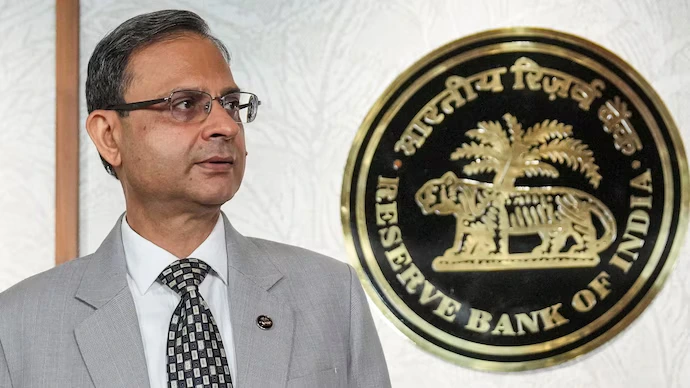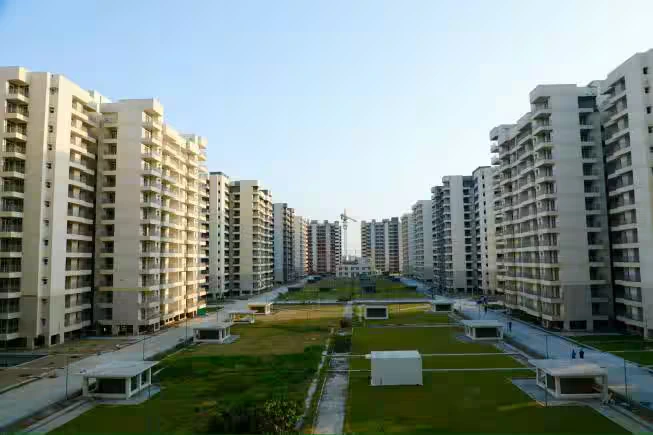Table of Content
In a significant move, the Tamil Nadu Stone Quarry, Crusher and Lorry Owners Association has announced a hike of Rs 1,000 per unit for M-sand, P-sand and jalli. The increase, which will take effect from April 16, 2025, is a consequence of the new mineral-bearing land tax recently introduced by the state government. The increase in sand prices is worrying the construction industry with developers, contractors and builders worrying about the rising price of their projects
Reasons Behind the Sand Price Hike
The association's action follows a mineral-bearing land tax imposed by the Mines Department on April 4, which requires quarry owners to pay Rs 700 per unit for rough boulders as well as a seigniorage fee on a per-tonne basis, up from its previous cubic meter basis, contributing to a Rs 554 payment versus a previous payment of Rs 254. The changes represented a significant cost to quarry owners.
After an indefinite strike on April 16, to request for removal of the tax and mineral-bearing land tax, the government has remained put. After discussions with the water resources minister and senior officials within the government's confines, the association would be able to increase costs on materials to compensate for the new costs from the taxes and fee structures.
Also Read: Supreme Court Supports Homebuyer’s Peaceful Protests Against Developers
Impact on Construction Costs
The increase in sand prices in Tamil Nadu has directly impacted the construction sector. Over the past six months, the prices of building materials have surged multiple times. For instance:
- M-sand: Rs 4,900 per unit in November 2024 to Rs 6,450 per unit in April 2025.
- P-sand: Rs 5,800 per unit in November 2024 to Rs 7,552 per unit in April 2025.
- Jalli: Rs 3,900 per unit in November 2024 to Rs 5,523 per unit in April 2025.
These substantial price increases have escalated construction costs, posing challenges for ongoing and upcoming projects. Contractors are grappling with budget overruns, and developers are exploring ways to mitigate these rising expenses.
Builders and Developers Voice Concerns
Construction industry leaders have sought to criticize the state government for permitting prices of materials to rise unabated.
Arvind Kumar, the president of the district chapter of the Confederation of Real Estate Developers' Associations of India (CREDAI), explained that due to disproportionate increases in pricing, the construction market "has been unstable". "We intend on asking the government to intervene and price regulate materials so that projects can be made economically feasible", he declared.
Likewise, Ramyaa R Senthil President of the Coimbatore Builders and Contractors Association expressed frustration with the abnormal increase of prices over the past year. "It is grossly disappointing to see the increase in cost pushed upwards by the government instead of being pulled down. The last thing we need is for our industry to be hindered by significantly excessive pricing", he commented.
Economic and Industry Implications
The surge in sand prices in Tamil Nadu is expected to have far-reaching consequences, including:
1. Delays in Construction Projects: Developers may face delays as they adjust budgets to accommodate increased costs.
2. Higher Real Estate Prices: Escalating construction costs could lead to higher property prices, impacting homebuyers.
3. Challenges for Small Contractors: Independent contractors with limited financial resources may struggle to sustain operations.
4. Increased Import of Materials: Builders may consider sourcing materials from neighboring states or countries, increasing logistics costs.
Also Read: Prime Minister Set to Resume Amaravati Development on May 2
Possible Solutions and Way Forward
To confront the problems caused by the sand price increase in Tamil Nadu, here are some suggestions from industry representatives:
- Government Intervention: Implement price ceilings for primary construction materials to help stabilize the market.
- Incentivise Alternatives: Encourage and stimulate sustainable alternatives such as manufactured sand (M-sand) by providing incentives that are in the form of subsidies or exemptions from taxes.
- Accountable price mapping: An accountable price mapping mechanism will be developed to enable the regulation and monitoring of sand prices.
Conclusion
The recent rise in sand costs in Tamil Nadu has also illustrated the importance of policies that balance the interests of government revenues and the construction industry. Cooperation between stakeholders may unlock a path to sustainable solutions, allowing important infrastructure to be developed without putting undue financial pressure on developers.
With the internal cost of sand having reached unprecedented levels, the construction sector must act quickly to adapt to these changes. Stakeholder efforts to collaborate, discuss and innovate solutions will be crucial for sustaining meaningful growth in Tamil Nadu's real estate and infrastructure development.
Follow AquireAcers Whatsapp Channel to Stay Updated With The Latest Real Estate News

_1745390539.webp)





Ans 1. Sand prices have risen due to a new mineral-bearing land tax introduced by the Tamil Nadu government, increasing costs for quarry owners. This includes higher fees for rough boulders and changes in seigniorage fee calculations.
Ans 2. The increase has significantly escalated construction costs, affecting material prices such as M-sand, P-sand, and jalli. This has led to budget overruns and project delays.
Ans 3. As of April 2025: M-sand: ₹6,450 per unit P-sand: ₹7,552 per unit
Ans 4. Builders and developers have voiced concerns, urging the government to regulate material prices to ensure economic feasibility for projects.
Ans 5. The association increased sand prices to offset the financial burden of new taxes and fees imposed by the government.
Ans 6. Rising construction costs are likely to increase property prices, impacting affordability for potential homebuyers.
Ans 7. Yes, M-sand (manufactured sand) is a viable alternative, and its usage can be promoted through incentives and subsidies.
Ans 8. Contractors can explore cost-effective materials, optimize resource usage, and advocate for policy changes to stabilize prices.